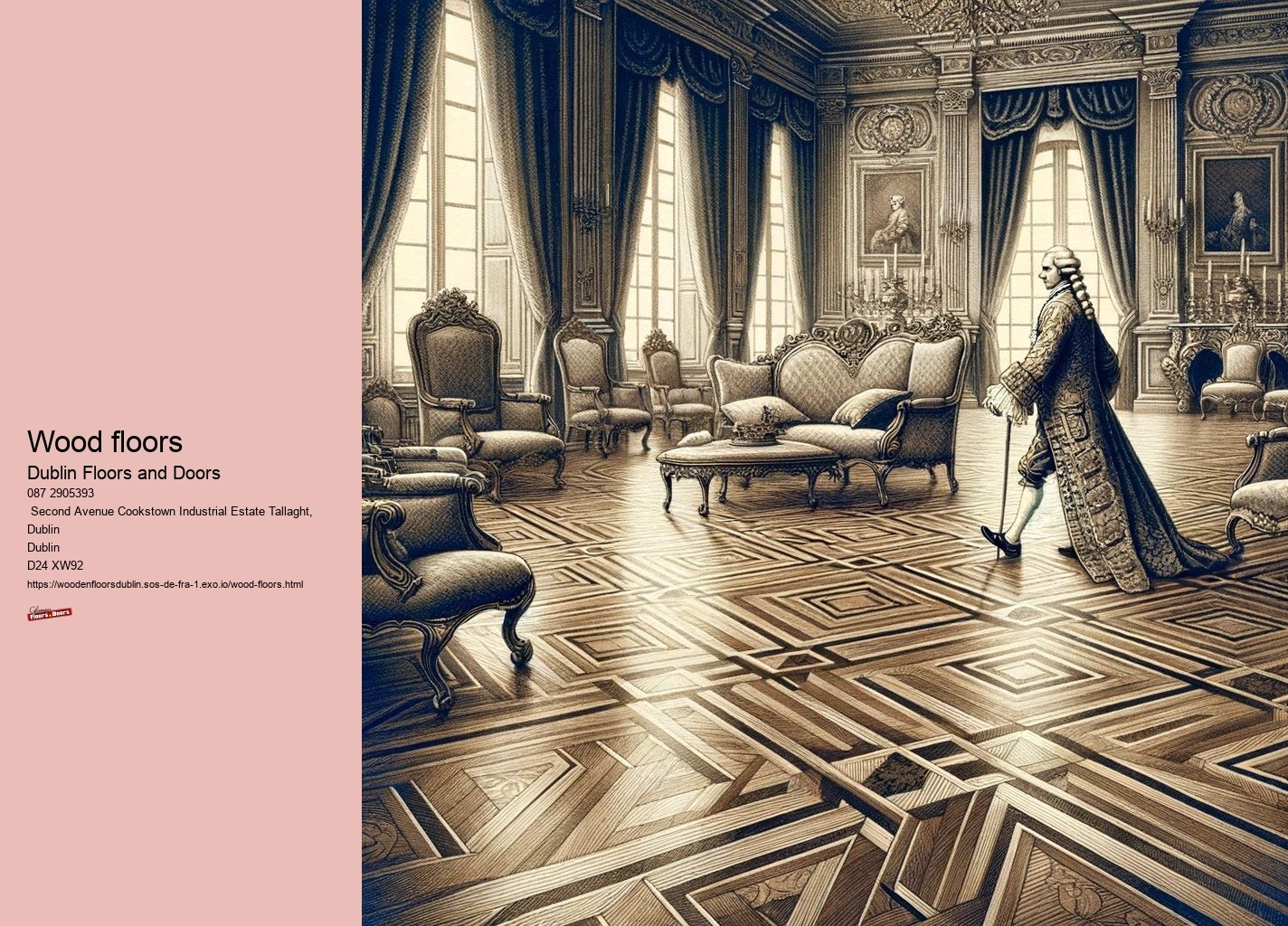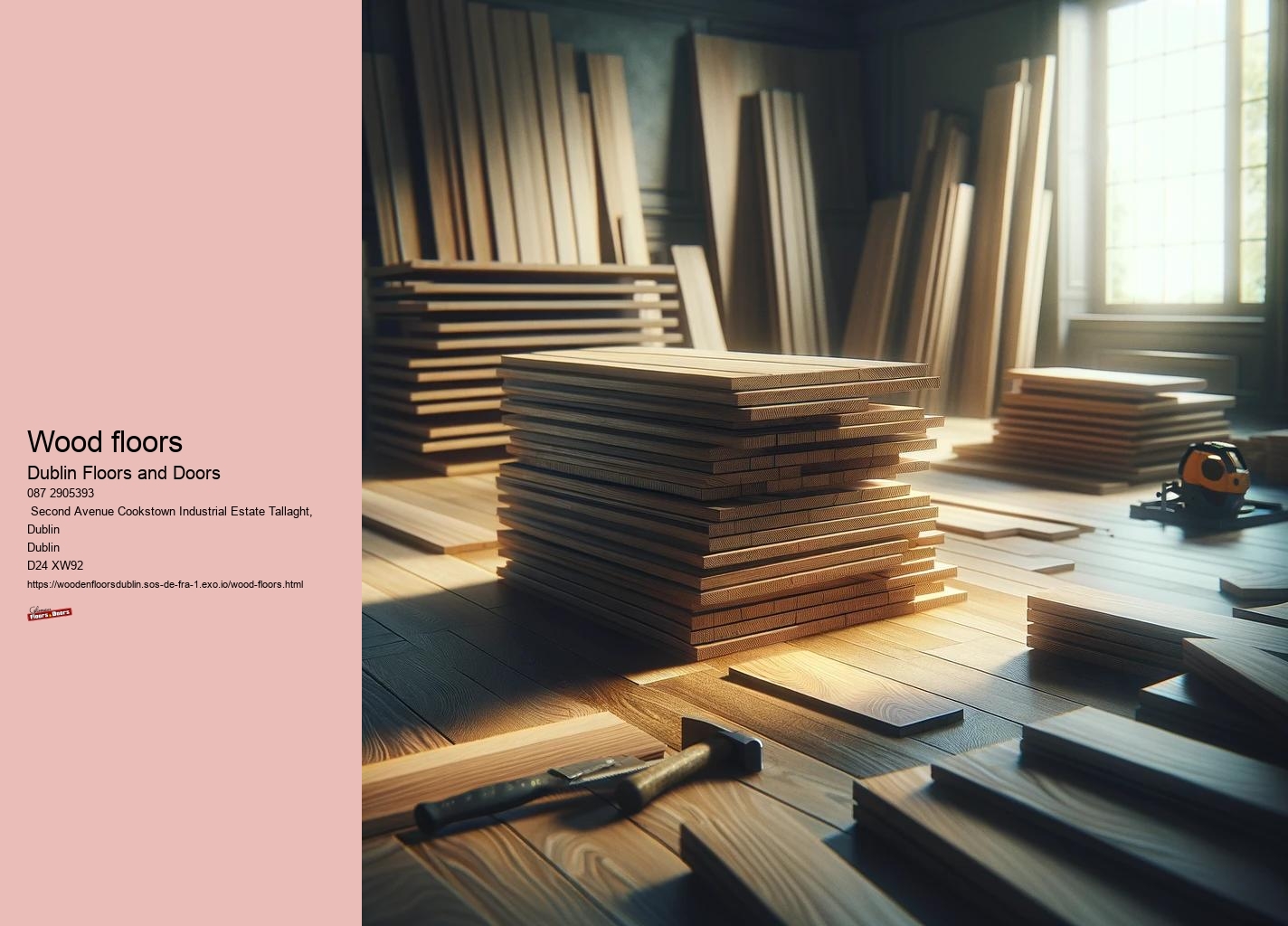

Egger's Dark Santino Stone laminate flooring is making waves in the design world, offering a sleek and contemporary aesthetic that elevates any space it graces.
But what sets this product apart goes beyond just its appearance. Stay tuned to discover the unique features and benefits that make Dark Santino Stone a standout choice for modern interiors.
Dark Santino Stone laminate flooring offers a blend of elegance and practicality, making it a superior choice for enhancing interior spaces with a touch of timeless sophistication. This product from Egger features a black color with matte gloss characteristics, providing a realistic stone floor look that is both modern and stylish.
Known for its quality and moisture resistance as part of the Egger Aqua+ range, this lami-nate flooring is ideal for areas such as bathrooms, entrance halls, or kitchens. With its large floorboard format, it is particularly suitable for spacious rooms, creating a hygienic and comfortable environment.The milled bevels add to its authenticity, enhancing the tile appearance and overall aesthetic of the space.
Incorporating Dark Santino Stone laminate flooring into your space requires careful at-tention to installation techniques to ensure a seamless and lasting enhancement to your interior design.
Before starting the installation process, it is essential to acclimate the flooring in the room where it will be installed for at least 48 hours. Ensure the subfloor is clean, dry, and level to guarantee a smooth installation. Use underlayment to provide cushioning and moisture protection.
Laminate floors are composed of multiple layers that are fused together through a lamination process. Here's a breakdown of the typical layers found in laminate flooring:
1. **Wear Layer**: The top layer is a clear, protective coating made from aluminum oxide or melamine resin. This layer provides resistance to scratches, stains, and wear, ensuring the durability of the flooring.
2. **Decorative Layer**: Below the wear layer is a high-resolution photographic layer that mimics the appearance of natural materials such as wood, stone, or tile. This decorative layer gives laminate flooring its realistic look.
3. **Core Layer**: The core of laminate flooring is usually made from high-density fiberboard (HDF) or medium-density fiberboard (MDF). This layer provides stability, strength, and resistance to impacts and moisture.
4. **Backing Layer**: The bottom layer is a melamine resin layer that provides additional stability and moisture resistance. It also helps balance the floor to prevent warping.
### Composition Details:
- **Aluminum Oxide**: A compound used in the wear layer for its hardness and durability.
- **Melamine Resin**: A type of plastic used in the wear and backing layers for its strength and moisture resistance.
- **High-Density Fiberboard (HDF)**: A dense, engineered wood product made from wood fibers bonded with resin under heat and pressure.
- **Medium-Density Fiberboard (MDF)**: Similar to HDF but with a slightly lower density, used in some laminate cores.
### Key Characteristics:
- **Durability**: Laminate floors are highly durable and resistant to scratches, dents, and fading.
- **Affordability**: Typically more cost-effective than hardwood or stone flooring while offering similar aesthetics.
- **Easy Installation**: Often designed with click-lock or tongue-and-groove systems that make DIY installation straightforward.
- **Versatility**: Available in a wide range of styles and designs to match various decors.
- **Low Maintenance**: Easy to clean and maintain, requiring only regular sweeping and occasional damp mopping.
Laminate flooring is a popular choice for homeowners seeking the look of natural materials without the high cost or maintenance requirements.
Maintaining laminate floors involves regular cleaning and care to ensure their longevity and appearance. Here are some key steps and tips for maintaining laminate floors:
### Regular Cleaning
1. **Sweeping or Vacuuming**: Regularly sweep or vacuum your laminate floors to remove dust, dirt, and debris. Use a soft-bristle broom or a vacuum cleaner with a hard floor attachment to avoid scratching the surface.
2. **Damp Mopping**: Clean the floor with a damp mop (not wet) using water or a laminate floor cleaner. Avoid using excessive water as it can seep into the seams and cause damage. Wring out the mop thoroughly before using it on the floor.
### Spot Cleaning
3. **Spills and Stains**: Wipe up spills immediately with a dry or slightly damp cloth. For stubborn stains, use a mild cleaner specifically designed for laminate floors. Avoid abrasive cleaners, steel wool, or scouring pads as they can damage the surface.
4. **Streaks and Residue**: If you notice streaks or residue after mopping, buff the area with a dry microfiber cloth. Make sure to use a cleaner that doesn’t leave a residue.
### Protective Measures
5. **Furniture Pads**: Attach felt pads to the bottoms of furniture legs to prevent scratches when moving furniture. Avoid dragging heavy objects across the floor.
6. **Rugs and Mats**: Place rugs or mats at entryways to reduce the amount of dirt and moisture brought onto the floor. Use non-slip, non-rubber-backed mats to avoid any potential damage to the floor.
7. **Humidity Control**: Maintain consistent indoor humidity levels (between 35% and 65%) to prevent the laminate from expanding or contracting. Use a dehumidifier in humid climates and a humidifier in dry climates.
### Avoiding Damage
8. **High Heels and Pet Nails**: Avoid walking on laminate floors with high heels or cleats, as they can cause dents or scratches. Trim your pets' nails regularly to prevent them from scratching the floor.
9. **Sunlight Exposure**: Prolonged exposure to direct sunlight can cause the laminate to fade. Use curtains or blinds to limit direct sunlight or rearrange furniture periodically to ensure even exposure.
### Long-Term Care
10. **Refinishing**: Unlike hardwood floors, laminate floors cannot be refinished. If the floor gets damaged or worn out, you may need to replace the affected planks or consider a full replacement if necessary.
### Additional Tips
- **Avoid Wax or Polish**: Do not use wax, polish, or oil-based products on laminate floors as they can create a slippery surface and damage the finish.
- **Gentle Cleaners**: Use gentle cleaners that are pH neutral and specifically designed for laminate floors. Avoid using harsh chemicals like ammonia, bleach, or vinegar.
- **Professional Cleaning**: Consider professional cleaning periodically to keep your laminate floors in top condition.
By following these maintenance tips, you can keep your laminate floors looking clean and beautiful for many years.
Maintaining laminate floors involves regular cleaning and care to ensure their longevity and appearance. Here are some key steps and tips for maintaining laminate floors:
### Regular Cleaning
1. **Sweeping or Vacuuming**: Regularly sweep or vacuum your laminate floors to remove dust, dirt, and debris. Use a soft-bristle broom or a vacuum cleaner with a hard floor attachment to avoid scratching the surface.
2. **Damp Mopping**: Clean the floor with a damp mop (not wet) using water or a laminate floor cleaner. Avoid using excessive water as it can seep into the seams and cause damage. Wring out the mop thoroughly before using it on the floor.
### Spot Cleaning
3. **Spills and Stains**: Wipe up spills immediately with a dry or slightly damp cloth. For stubborn stains, use a mild cleaner specifically designed for laminate floors. Avoid abrasive cleaners, steel wool, or scouring pads as they can damage the surface.
4. **Streaks and Residue**: If you notice streaks or residue after mopping, buff the area with a dry microfiber cloth. Make sure to use a cleaner that doesn’t leave a residue.
### Protective Measures
5. **Furniture Pads**: Attach felt pads to the bottoms of furniture legs to prevent scratches when moving furniture. Avoid dragging heavy objects across the floor.
6. **Rugs and Mats**: Place rugs or mats at entryways to reduce the amount of dirt and moisture brought onto the floor. Use non-slip, non-rubber-backed mats to avoid any potential damage to the floor.
7. **Humidity Control**: Maintain consistent indoor humidity levels (between 35% and 65%) to prevent the laminate from expanding or contracting. Use a dehumidifier in humid climates and a humidifier in dry climates.
### Avoiding Damage
8. **High Heels and Pet Nails**: Avoid walking on laminate floors with high heels or cleats, as they can cause dents or scratches. Trim your pets' nails regularly to prevent them from scratching the floor.
9. **Sunlight Exposure**: Prolonged exposure to direct sunlight can cause the laminate to fade. Use curtains or blinds to limit direct sunlight or rearrange furniture periodically to ensure even exposure.
### Long-Term Care
10. **Refinishing**: Unlike hardwood floors, laminate floors cannot be refinished. If the floor gets damaged or worn out, you may need to replace the affected planks or consider a full replacement if necessary.
### Additional Tips
- **Avoid Wax or Polish**: Do not use wax, polish, or oil-based products on laminate floors as they can create a slippery surface and damage the finish.
- **Gentle Cleaners**: Use gentle cleaners that are pH neutral and specifically designed for laminate floors. Avoid using harsh chemicals like ammonia, bleach, or vinegar.
- **Professional Cleaning**: Consider professional cleaning periodically to keep your laminate floors in top condition.
By following these maintenance tips, you can keep your laminate floors looking clean and beautiful for many years.
Wooden floors can be environmentally friendly, but their impact depends on several factors such as the type of wood, the sourcing practices, and the manufacturing process. Here are key considerations to determine the environmental friendliness of wooden floors:
### Factors Affecting Environmental Friendliness
1. **Sustainable Sourcing**:
- **Certification**: Look for wood certified by organizations like the Forest Stewardship Council (FSC) or the Programme for the Endorsement of Forest Certification (PEFC). These certifications ensure the wood is harvested from sustainably managed forests.
- **Local Sourcing**: Choose wood sourced locally to reduce the carbon footprint associated with transportation.
2. **Type of Wood**:
- **Reclaimed Wood**: Using reclaimed or recycled wood reduces the need for new trees to be cut down and gives new life to materials that would otherwise be discarded.
- **Fast-Growing Species**: Opt for wood from fast-growing species like bamboo or cork, which regenerate more quickly than hardwoods like oak or maple.
3. **Manufacturing Process**:
- **Low-Emission Adhesives**: Choose wood products manufactured using low-emission adhesives and finishes to minimize the release of volatile organic compounds (VOCs) that can harm indoor air quality and the environment.
- **Energy-Efficient Production**: Support companies that use energy-efficient production methods and renewable energy sources in their manufacturing processes.
4. **Longevity and Durability**:
- **Durable Wood Types**: Select hardwood species known for their durability, which can last for decades and reduce the need for frequent replacement.
- **Proper Maintenance**: Properly maintaining wooden floors extends their lifespan, reducing the environmental impact associated with replacement and disposal.
5. **End-of-Life Considerations**:
- **Recyclability**: Wooden floors are biodegradable and can be recycled or repurposed at the end of their life cycle.
- **Disposal**: Unlike synthetic flooring materials, wood can decompose naturally, minimizing environmental harm.
### Benefits of Wooden Floors
- **Carbon Sequestration**: Trees absorb carbon dioxide as they grow, and this carbon remains stored in the wood throughout its lifespan.
- **Renewable Resource**: Wood is a renewable resource, especially when sourced from responsibly managed forests.
- **Biodegradability**: Wood is biodegradable, reducing waste and environmental pollution compared to non-biodegradable flooring materials.
### Potential Environmental Drawbacks
- **Deforestation**: Unsustainable logging practices can lead to deforestation, habitat destruction, and biodiversity loss.
- **Transport Emissions**: Transporting wood over long distances can result in significant carbon emissions.
- **Chemical Treatments**: Some wooden floors may be treated with chemicals that can harm the environment and human health.
### Making Environmentally Friendly Choices
To ensure your wooden floors are environmentally friendly, consider the following steps:
1. **Research Suppliers**: Choose suppliers committed to sustainable practices and transparent about their sourcing and manufacturing processes.
2. **Check Certifications**: Look for wood products with credible environmental certifications.
3. **Opt for Quality**: Invest in high-quality, durable wood flooring that will last longer and require less frequent replacement.
4. **Consider Alternatives**: Explore eco-friendly alternatives like bamboo, cork, or reclaimed wood, which can offer similar aesthetics with a lower environmental impact.
By making informed choices, you can enjoy the beauty and durability of wooden floors while minimizing their environmental impact.
When laying the laminate boards, stagger the joints for a more stable and aesthetically pleasing finish. Trim the final row to fit if necessary, and leave a small expansion gap around the perimeter of the room to accommodate any potential expansion.
To ensure the longevity and pristine condition of your Dark Santino Stone laminate floor-ing, adherence to a consistent maintenance routine is crucial. Regularly sweep or vacu-um the floor to remove dirt and debris that can cause scratches. Use a damp mop with a mild cleaning solution specifically designed for laminate floors to remove any stubborn stains.
Avoid harsh chemicals or excessive water, as these can damage the flooring. Place felt pads under furniture legs to prevent scratches and consider using rugs in high-traffic are-as. Wipe up spills immediately to prevent moisture from seeping into the laminate.


When designing a room with the Dark Santino Stone laminate flooring, consider incorpo-rating contemporary furniture pieces and vibrant accent colors to create a visually strik-ing and modern aesthetic.
Introduce pops of vibrant accent colors through decorative elements such as throw pil-lows, rugs, or wall art to add personality and energy to the room. Additionally, strategical-ly placed lighting fixtures can further accentuate the stylish look of the Dark Santino Stone flooring, creating a dynamic and inviting atmosphere.
Experiment with different textures and materials to achieve a harmonious balance be-tween modern sophistication and warmth in your room design.
Customer satisfaction with the Santino Stone laminate flooring is evident through the glowing testimonials shared by our valued clients. One customer praised the modern and stylish appearance of the dark Santino Stone, mentioning how it transformed their kitch-en into a sleek, sophisticated space.
Another testimonial highlighted the durability and moisture-resistance of the flooring, emphasizing its suitability for high-traffic areas like entrance halls. Clients also appreci-ated the realistic stone look and milled bevels that added an authentic tile appearance to their rooms.
In comparing the Dark Santino Stone laminate flooring with similar products, a discerning analysis of their features and aesthetics reveals distinctive qualities that cater to varying preferences and practical needs.

The Dark Santino Stone stands out with its stylish and modern dark color, along with its hygienic and comfortable properties. Its moisture-resistant nature makes it ideal for spaces like bathrooms, entrance halls, and kitchens, while its suitability for large rooms provides versatility in design options.
Additionally, the laminate flooring authentically highlights a tile appearance, adding a touch of elegance to any space. When compared to related products like Dark Hunton Oak, Yukon Smoked Oak, Kasandra Elm, and Mountain Oak Dublin Laminate, the Dark Santino Stone offers a unique combination of style and functionality.
Amidst the growing interest in laminate flooring options, prospective buyers often seek clarification on common queries related to this versatile flooring material. One frequently asked question is about the durability of laminate flooring.
Another common query revolves around installation. Laminate flooring is relatively easy to install, often utilizing a click-lock system that doesn't require glue. Prospective buyers also inquire about maintenance. Laminate floors are easy to clean with regular sweeping and occasional damp mopping.
Additionally, questions regarding the suitability of laminate flooring for specific areas, such as bathrooms or kitchens, are common. It's essential to choose laminate designed for moisture-prone areas to ensure longevity and performance.When considering lami-nate flooring options, it is crucial to gather expert tips to make an informed decision that aligns with your specific needs and preferences.
Start by assessing the room where the laminate floor will be installed to determine the level of foot traffic and moisture exposure. Choose a high-quality laminate with a durable wear layer to ensure longevity. Consider the style and design of the laminate to comple-ment your existing decor.

Yes, you can install wooden floors over tile if the tile is in good condition, level, and properly adhered to the subfloor.
Yes, but it’s recommended to use engineered wood rather than solid wood due to moisture levels in basements. Ensure proper moisture control measures are in place.
Basic tools include a tape measure, saw, hammer, nails or adhesive, spacers, underlayment, and a mallet. Additional tools may be needed based on specific installation methods.